Hill Censer with Handle in Form of a Human Figure and Designs of Beasts and Birds
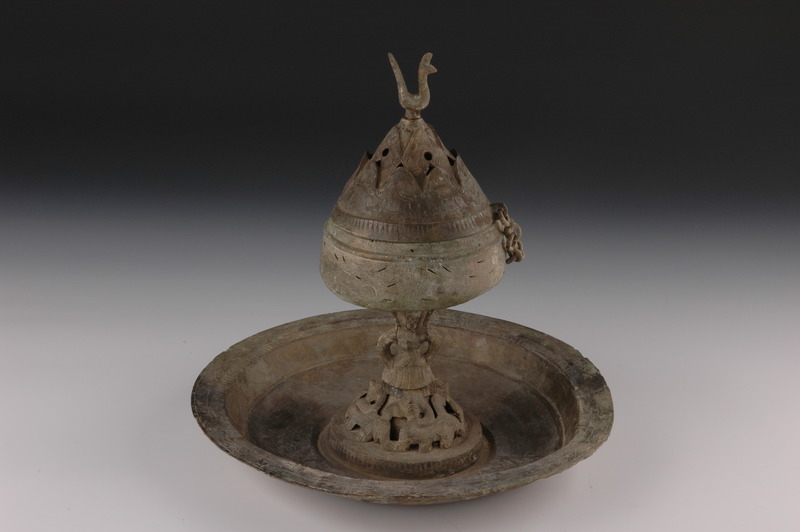
Western Han (202BC-AD9)
Height: 28.6cm, Diameter of mouth: 10.3cm
Diameter of the cap: 10.6, Diameter of plate: 29cm
Excavated from the Tomb No.2, Geziling, Yongzhou, Hunan province, 1995
This censer used for burning incense is exquisitely decorated with complex openwork designs. The cap is carved with the designs of mountains and beasts running among the mountains. When the incense burns, the incense ascends gently and the mountains are shrouded in mystery with beasts seemingly roaming around, thus creating a mirage of a wonderland. A phoenix sitting on the cap is used as the handle. Phoenix is regarded as the “king of all birds” and it is very beautiful. Phoenix is also the symbol of good luck, righteousness, beauty and majesty.
深入探索
A Brief Introduction of Censer
The common vessels made for burning incense by the ancient people are censers (incense burner), hand-held censers, incense burning pipes, incense burning round vessels, metal sachets and so on. Censers are the most commonly used vessels, with all kinds of shapes, including hill-shaped, tripod-shaped censers. Since Ming and Qing Dynasties, bronze censers became very popular due to its various shapes and its insulation against heat. Incense burning pipes are also called long handle hand-held censer as there is a long handle attached with the design of lotus flowers or auspicious animals at the end of the handle, which are normally used for worshipping Buddha. Incense burning round vessels are sphere-shaped openwork vessels with a long chain attached. The upper part and the lower part of the vessel can be taken apart. Within the vessel, there is a small container which can remain stable no matter how the vessel rolls, hence the incense inside would not be spilled around. Censers boast of many functions, such as fumigating or scenting clothing, bringing about fragrant aroma, driving away bad luck, and providing warmth. Since Ming and Qing Dynasties, the functions of censers were diversified. There were censers for warming the hands and censers for warming the feet.
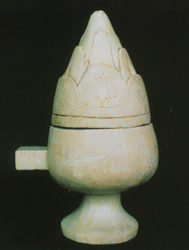
Talc Censer of Han Dynasty
From the Collection of Hunan Provincial Museum
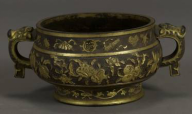
Gold Plating Bronze Censer, Ming Dynasty
From the Collection of Hunan Provincial Museum
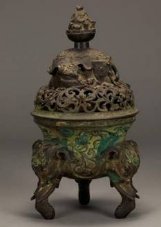
Openwork Bronze Censer with Frames in Form of Elephant Legs, Qing Dynasty
From the Collection of Hunan Provincial Museum
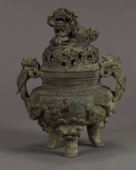
Bronze Openwork Censer with Dragon and Phoenix Design, Warring States Period
From the Collection of Hunan Provincial Museum



